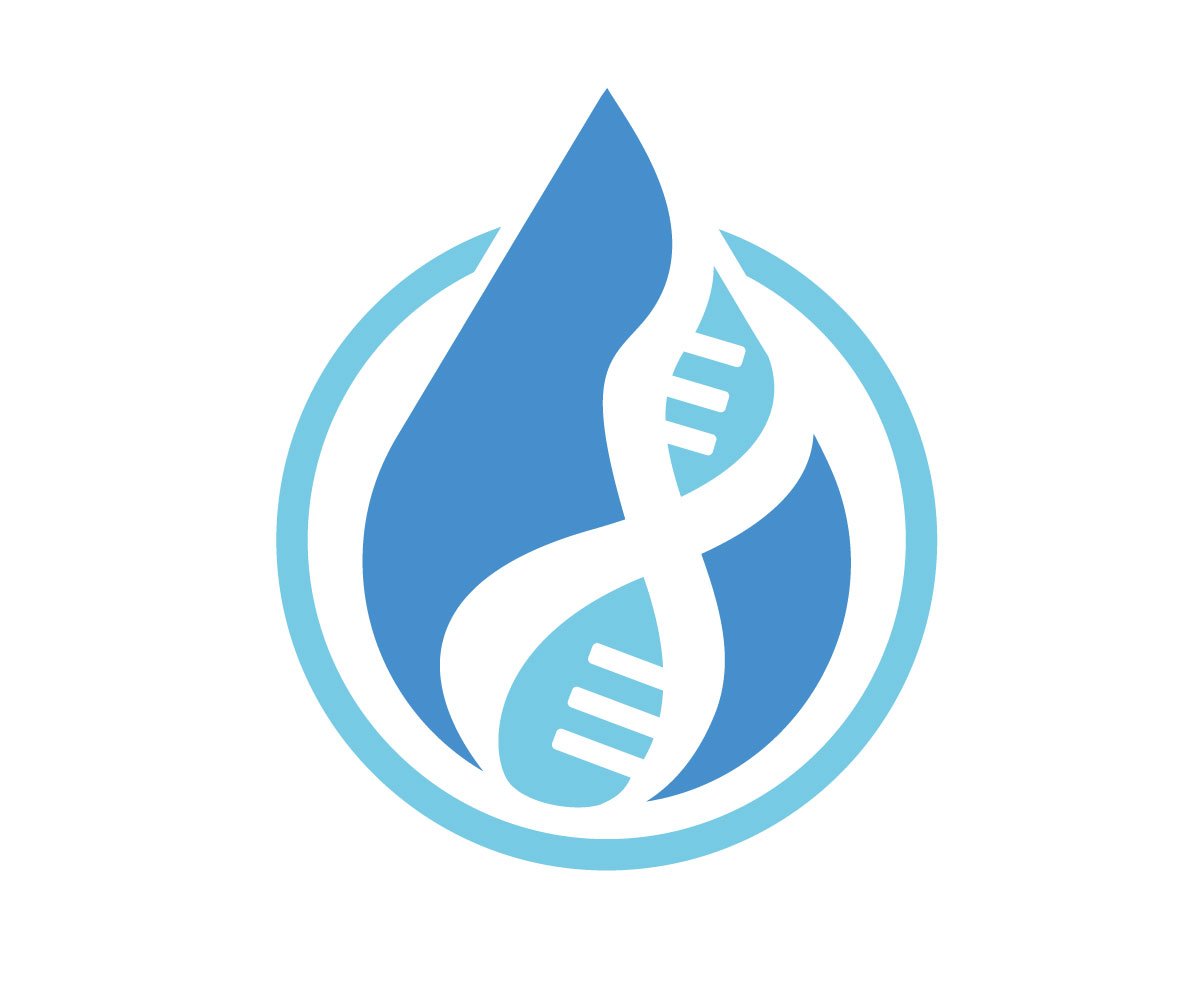Sesquizygotic Twins...Who Knew That Could Happen?
Sesquizygotic twins have been reported in the literature before, but this is reportedly the first case of it being detected during a pregnancy.
Sign up to read this post
Join Now

